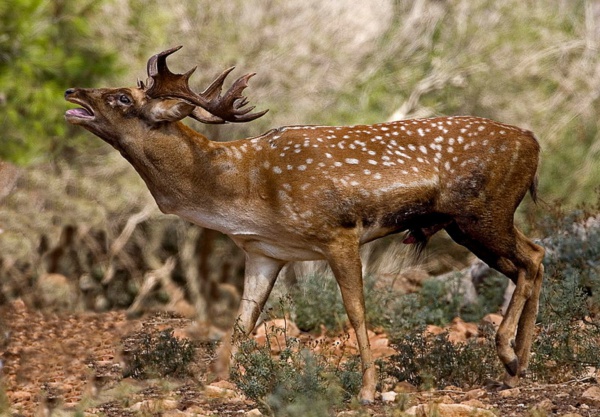Facts About Persian fallow deer
The Persian fallow deer, a rare and fascinating member of the Cervidae family, is at the center of a taxonomic debate. Some experts classify it as a subspecies of the fallow deer, while others contend it should be recognized as its own species, Dama mesopotamica. Distinguished by their larger size and more impressive antlers compared to their fallow deer relatives, these deer have become the focus of conservation concerns.
Regrettably, Persian fallow deer are on the brink of extinction. Their habitats are now confined to small regions in Iran, Israel, and Iraq. Historical records and archaeological evidence indicate that these majestic creatures once inhabited much larger areas.
The sharp decline in their population is primarily due to habitat destruction, poaching, and competition with livestock. In response, conservationists have initiated several efforts to preserve them. These efforts include captive breeding programs, reintroduction initiatives, and the establishment of wildlife refuges.
However, reintroducing these deer into the wild poses significant challenges. Conservationists must address issues such as preserving genetic diversity, understanding population dynamics, and ensuring the deer's ability to withstand predation. For reintroduction efforts to succeed, a careful balance of factors such as population composition, dispersion patterns, and home range sizes must be achieved.
Currently, there are approximately 365 Persian fallow deer remaining. Conservation efforts are focused on genetic research, habitat protection, and planning further reintroductions to give these beautiful animals a fighting chance at survival.

 Israel
Israel